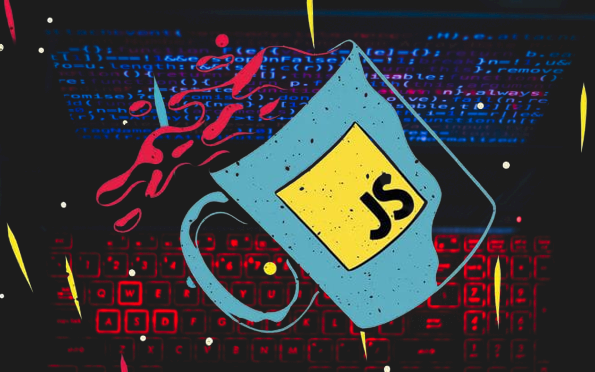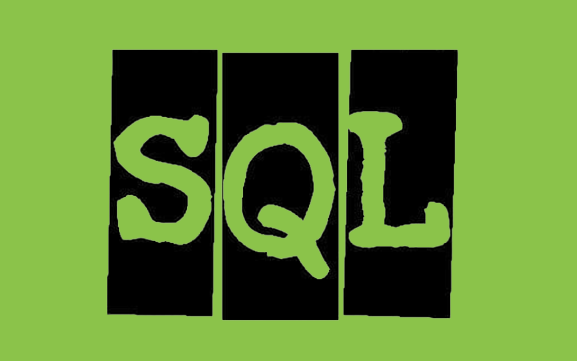
JavaScript is a flexible programming language commonly used to create dynamic and interactive websites. It can also be used for server-side scripting and various other applications. Feel free to ask me any questions you have about JavaScript, be it syntax, standards, libraries, frameworks, or anything related to the language.
Definitely! Here’s a better assessment of Javascript:
- Introduction: It was first created to add interactivity to Internet pages and run in Internet browsers. Over time, it has developed into a flexible language that is used for both frontend and backend improvements.
- Syntax and Structure: JavaScript uses C-style syntax and is designed similarly to various programming languages which include Java and C. It is necessary to recognize variables, record types, operators, and control systems (if statements, loops, and many others).
- Data Types: There are many data types in JavaScript which include numbers, strings, booleans, arrays, objects, abilities, and more. It is dynamically typed, due to the fact that variables can alternate their facts during runtime.
- Function: Functions are an essential part of JavaScript. They help you encapsulate a block of code for reuse. Functions can be defined using specific keywords or arrow capabilities (‘ () => {} ‘).
- Objects and Object-Oriented Programming (OOP): JavaScript is prototype-based, which means that objects can inherit houses and methods from different objects. You can create and manage gadgets, outline constructors, and use prototypes for inheritance.
- Events and Event Handling: JavaScript enables you to respond to consumer activities on net pages through event management. You can attach event listeners to HTML elements and perform actions while the event occurs, including clicks, keyboard input, and more.
- DOM Manipulation: The Document Object Model (DOM) represents the structure of an Internet page. JavaScript lets you interact with the DOM to dynamically change the content, styles, and sizes of web pages, making them interactive.
- Asynchronous programming: JavaScript is single-threaded, although it supports asynchronous programming using strategies including callbacks, promises, and async/watch for. This is necessary to deal with tasks that would potentially block the main thread, including network requests.
- AJAX: Asynchronous JavaScript and XML (AJAX) is a technology that allows you to change elements of a web web page without reloading the entire web page. It is generally used to fetch records from the server without disrupting the experience of the person.
- Libraries and Frameworks: Some well-known frontend libraries/frameworks include React, Vue.Js, and Angular. On the backend, Node.Js allows server-side JavaScript improvements.
- ES6 and beyond: ECMAScript 6 (ES6) brought many new capabilities to JavaScript, including arrow capabilities, training, template literals, destructuring, and more. Later changes to ECMAScript improved the language.
- Package managers and build tools: Tools consisting of NPM (Node Package Manager) and Yarn are used to control and install 1/3rd-birthday party libraries and applications. Build tools, including Webpack and Babel, help bundle, transpose, and optimize JavaScript code.
- Closure: Closure is a facility that remembers its lexical scope even when it is out of that scope. Closures are often used to create individual variables, encapsulate common sense, and manipulate mortals.
- Promises and Async/Await: Promises are a way to handle asynchronous operations in an extra-ready manner. They provide a good opportunity for callbacks. Async/await for is built on top of Promises and provides a better synchronous-like way to write asynchronous code.
- Modules: JavaScript modules help you organize code by allowing you to split your code into separate files. ES6 introduced native support for modules using the import and export key phrases.
- Prototype Chaining and Inheritance: JavaScript uses prototype inheritance, where objects can inherit properties and methods from other objects. Understanding the prototype chain is important for operating correctly with Gadgets.
- Functional Programming: JavaScript supports functional programming paradigms. Concepts including higher-order functions, map, filter out, and reduce allow you to write more concise and expressive code.
- Design Patterns: There are many design patterns that can help you structure your code in a maintainable and reusable manner. Examples include the Singleton, Factory, Observer, and Module patterns.
- Web API: JavaScript provides access to various browser APIs, such as the DOM API (for manipulating web pages), the Fetch API (for making network requests), and the Web Storage API (for client-side data storage).
- Error handling: Proper error handling is important for writing robust code. JavaScript provides a try-catch block to catch and handle exceptions.
- Event Loop: JavaScript’s event loop is a fundamental concept to understanding how asynchronous code execution works in the browser. It is responsible for handling asynchronous tasks and events.
- Testing and Debugging: Unit testing and debugging are essential practices to ensure the quality of your code. Tools like Jest, Mocha, and the debugging tools in the browser can help you identify and fix problems.
- Security Considerations: JavaScript applications should be designed with security in mind. Cross-Site Scripting (XSS) and Cross-Site Request Forgery (CSRF) are common security vulnerabilities to be aware of.
- Performance Optimization: Writing efficient code is important to provide a fast and smooth user experience. Techniques such as reducing network requests, optimizing rendering, and reducing memory usage can improve performance.
- Modern JavaScript: Stay up to date with the latest developments in the JavaScript ecosystem, including new language features, libraries, frameworks, and best practices.
Remember that JavaScript is a dynamic and developing language, so it is important to remain eager and open to learning new concepts in order to become a proficient JavaScript developer.



Have a Good Day
Thanks